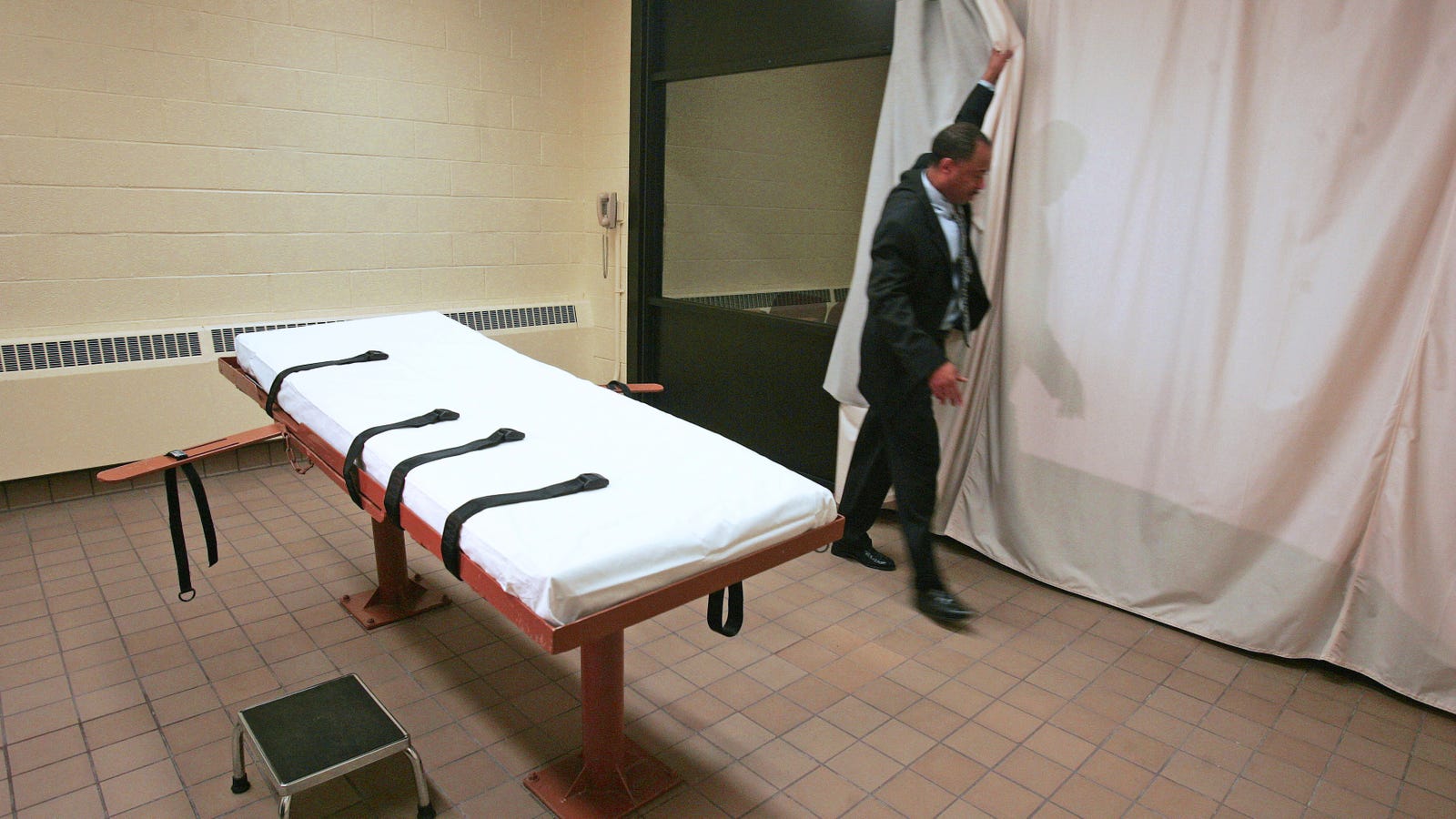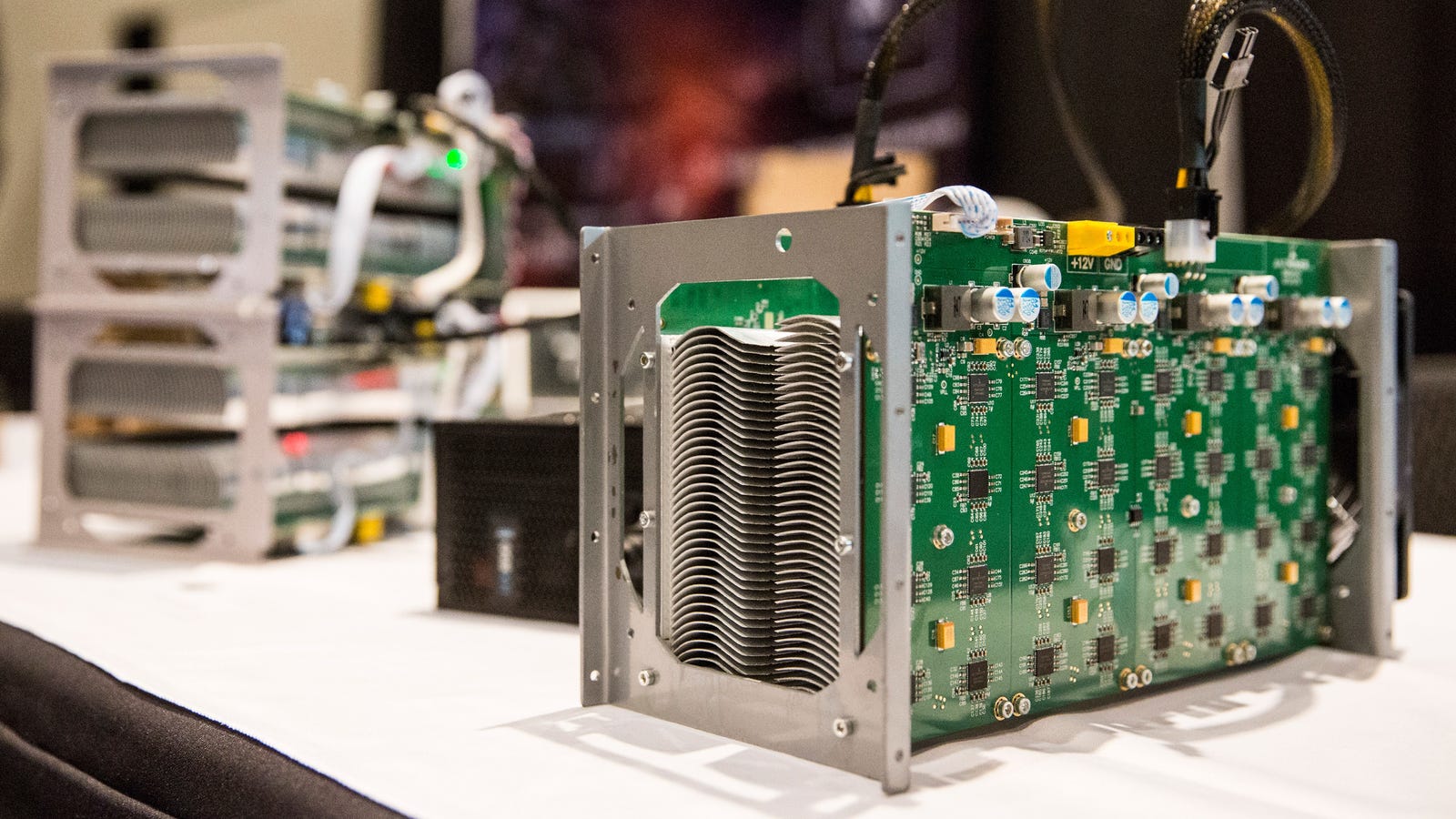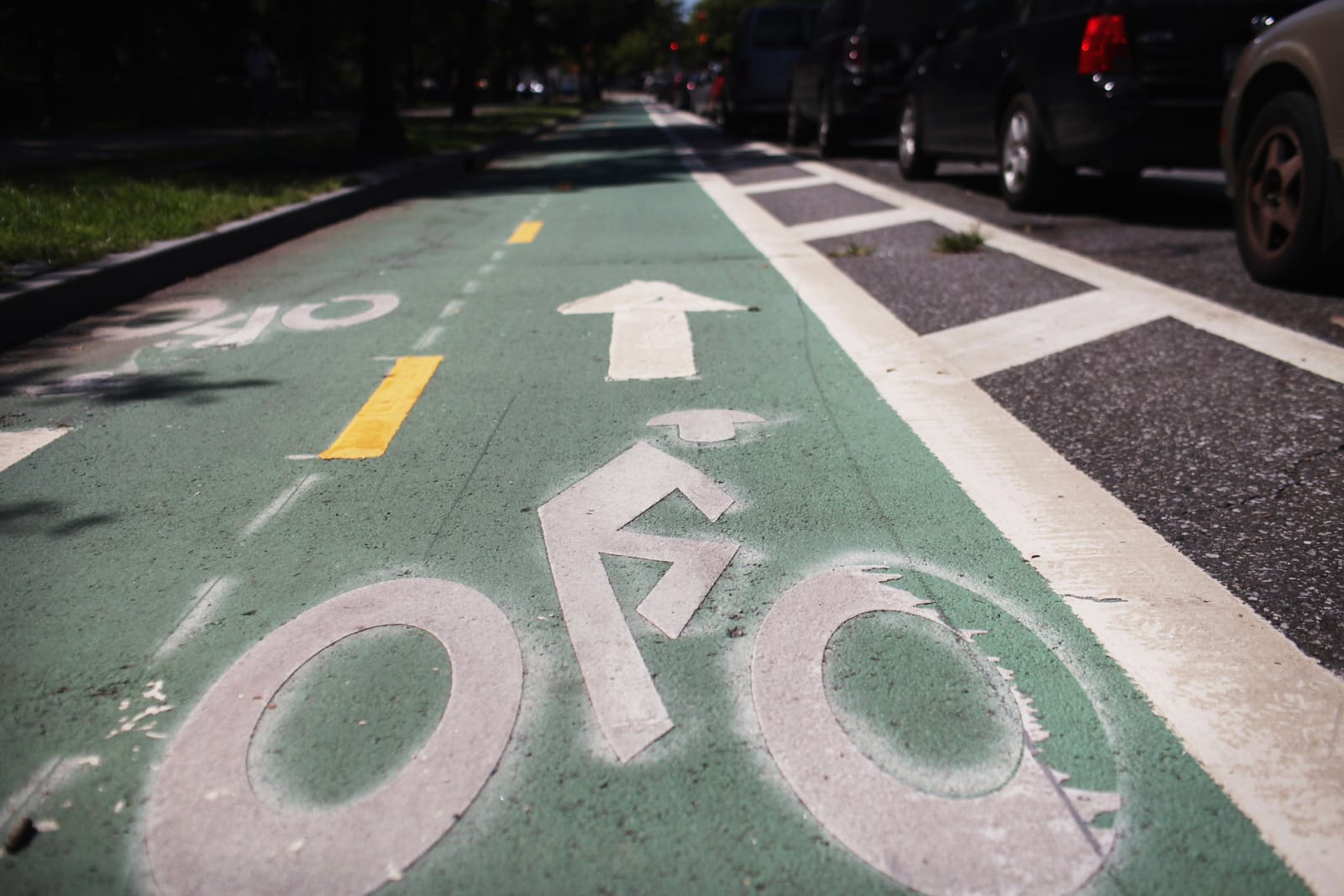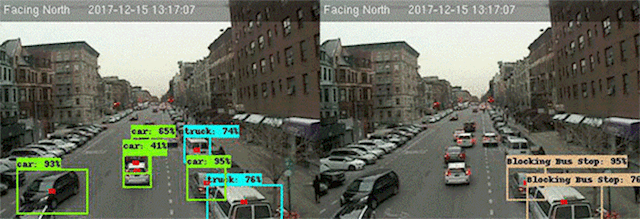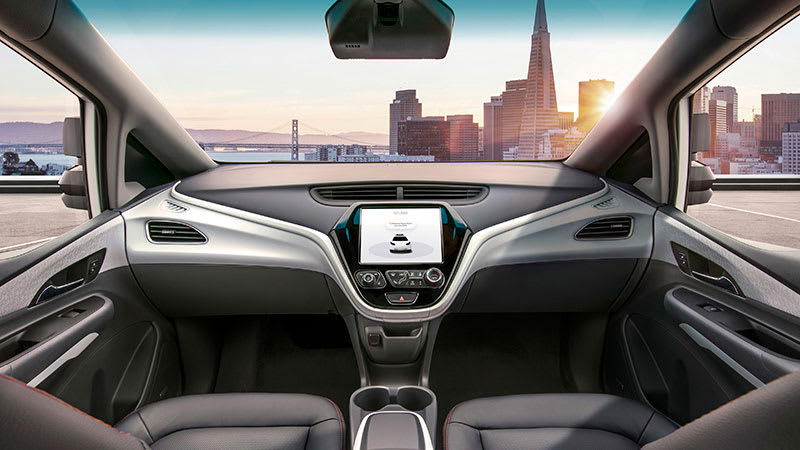The First Great iPhone App Grows Up
http://ift.tt/2tT58hF
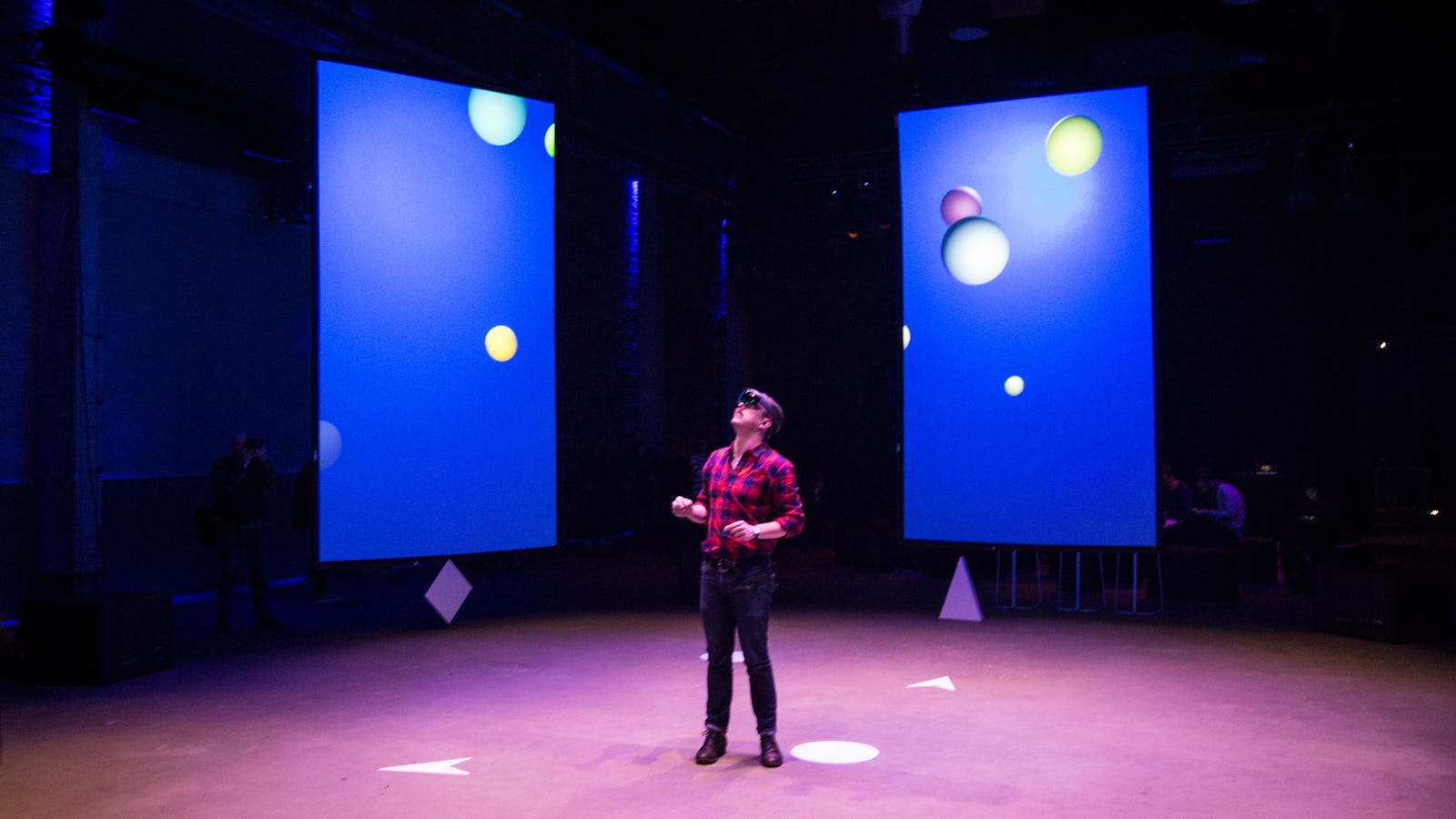
The very first iPhone apps were universally dull. And then Bloom came out. Brian Eno and Peter Chilvers built the app and released it just a few months after Apple opened the App Store in July 2008. It was immediately obvious that something special was happening. The app was interesting on an artistic level, one that made you reconsider the relationship between technology and music. And my God, these two have done it again with augmented reality.
Eno and Chilvers just revealed Bloom Open Space, an AR version of the original iPhone app. That app showed the world that smartphones weren’t just tools for checking email or listening to mp3s. They could be creative tools as well. Bloom enabled anyone to compose music simply by touching the screen. Each touch became a note and a corresponding colorful bubble called a Bloom that expanded on the screen as the soundtrack evolved according to a mysterious set of parameters. You could even compose a soundtrack and fall asleep to it thanks to a sleep timer. To say it was ahead of its time would not be giving Eno and Chilvers enough credit.
Bloom Open Space debuted at a recent exhibition in Amsterdam’s Transformatorhuis, a cavernous warehouse space that’s now sometimes used as a music venue. Not knowing what to expect, I showed up early for a press preview, and the space felt immediately intoxicating. We were just west of the city center in Westerpark, a sprawling green space speckled with old industrial buildings, where the houses full of technology from a century ago would be the setting for my music-driven glimpse of the future, complete with a computer I’d wear on my face.
The whole experience was powered by the Microsoft HoloLens, an AR headset first announced three years ago that has always seemed a little bit ridiculous to me, despite some incredible technology. The HoloLens is a $3,000 piece of hardware that essentially functions as a heads-up display for any given activity. Using some of the technology that powered the Kinect, the HoloLens can scan your surroundings and monitor your movement while also displaying information inside of a visor. It’s basically a very advanced version of Google Glass.
The only problem is nobody knows what to do in the world of augmented reality. Except Brian Eno and Peter Chilvers, I guess. To the two creative masterminds, part of the fun thing about augmented reality is how it invites us to explore unexpected things. This type of experience meshes nicely with Brian Eno’s pioneering work in generative music, a term Eno himself coined that refers to music that constantly changes according to a set of rules. The original Bloom app actually adhered to some generative music principles.
Eno himself is a legend who has worked with the likes of David Bowie and David Byrne. His early music experiments yielded works like Ambient 1: Music for Airports, a landmark album in the history of ambient music. More recently, Eno has become interested in applying his musical concepts to technology-driven experiences. That led to his years-long partnership with Peter Chilvers and a number of music apps.
“Imagine if composing could be more like gardening than architecture,” Eno said at the preview of Bloom Open Space. “You do control the input, but you don’t control the output.”
Bloom Open Space isn’t just about wearing some future goggles and walking around an art installation. Inside of the dark case space in Amsterdam, there were screens, each about ten feet tall with a hexagonal audio rig floating above it. Chilvers calls the space “Screen Henge.” He’s half-kidding, but it felt somehow sacred when I walked in. At the very least, the situation was imposing.
Each screen displayed floating dots, just like the ones in the Bloom iPhone app, and the ambient Brian Eno-produced soundtrack seemed like it cast warm glow onto everything in the room. The composers (or users or visitors or whatever you want to call the participants) would enter Screen Henge wearing HoloLens headsets and interact with the space by pinching the air in front of their faces. The cameras and sensors embedded in the HoloLens would register this gesture as well as the position of the composer and create a Bloom with a corresponding musical note. Then, magically, the room’s soundtrack would change and evolve in unpredictable ways.
When I finally got to strap on a HoloLens and compose some music myself, I was initially surprised by how different Bloom Open Space was from the original app. It goes without saying that walking around and making music in augmented reality was more immersive than tapping on an iPhone screen. But what threw me for a loop was how three-dimensional the experience was. Not only was I creating my own Blooms, but I could also see other composers’ Blooms through my HoloLens and interact with them. I could also move to another spot in Screen Henge and hear a completely different version of the composition we were all creating.
Bloom Open Space, Eno explained, wasn’t just an experience for the HoloLens wearers interacting with the screens and helping to create the music. Only those wearing HoloLens headsets inside of Screen Henge could create Blooms and change the soundtrack, but the spectators would experience music and visuals that were completely original and that would never be heard again in the same way. Experiencing something that will never happen again is blissfully soothing in its own way.
Of course, the experience inside the HoloLens is deeper. The device fits on your head like a halo and features a heads-up display behind a goofy-looking visor. There are also small speakers above your ears that provide natural-sounding audio. So you’re seeing and hearing the real world, but you’re also seeing images and hearing sounds programmed by a HoloLens developer that only you can see and hear in that moment.
In the case of Bloom Open Space that developer was Eno’s collaborator Chilvers, a musician and code jockey with a knack for simplicity. Chilvers has a specific take on experiencing AR. “It’s not augmented reality,” he said in Amsterdam. “It’s filtered reality.”
Put another way, Bloom Open Space isn’t a project designed to add new stimuli to your already chaotic world. It’s actually there to simplify it in a sense. Once you provide the input by pinching your air, you see the Bloom, and it develops a life of its own, transforming and changing thanks to systems that came from the minds of Eno and Chilvers. To make things even more interesting, not every pinch actually makes a Bloom, and your Blooms can interact with others’ Blooms.
After experiencing Bloom Open Space, I looked at the landscape for AR in a new light. Most people have encountered AR apps through their phones. The first AR I remember using was the Monocle Easter Egg hidden in the Yelp app that let you look at businesses around you through your phone’s camera. If a business had a Yelp listing, the app would display information. Now, thanks to ARKit, developers can build more complex AR experiences for the iPhone, though the only really useful app I’ve seen is Ikea Place, which allows you place virtual furniture in your house. Otherwise, the novelty of playing an AR game on your coffee table or placing a virtual dinosaur in your living room tends to wear off pretty quickly.
While it’s obvious that straightforwardly utilitarian applications (like the Ikea one) can be useful, it’s more interesting to imagine what artists and musicians could do with the technology. The fact that I could use the HoloLens to interact with a Brian Eno project sounded interesting when I first heard about it. But actually experiencing it was unforgettable. Cheesy as it sounds, it almost felt like I was collaborating with Eno and Chilvers, and the entire time I had no idea where my input ended and the app’s output began.
“There is part of our consciousness that wants to find patterns,” Eno said about this experience. “We can’t bear the idea that it might be chaotic.”
Well, I’d add that we can’t bear it until a talented artist or thinker helps us to relish in the chaos. That’s what Bloom Open Space feels like.
It’s unclear if Eno and Chilvers plan on taking Bloom Open Space out on the road. I hope they do. Much like I felt a decade ago when I first tinkered with the Bloom iPhone app, the mixed reality experience made me reconsider the future of technology and feel like exciting new things are on the horizon. The app took the familiar gesture of tapping a pool of water and turning it into a little piece of digital art. Now that Eno and Chilvers managed to translate that into a truly interesting AR experience, I can’t wait to see what comes next.
Tech
via Gizmodo http://gizmodo.com
March 16, 2018 at 12:06PM

